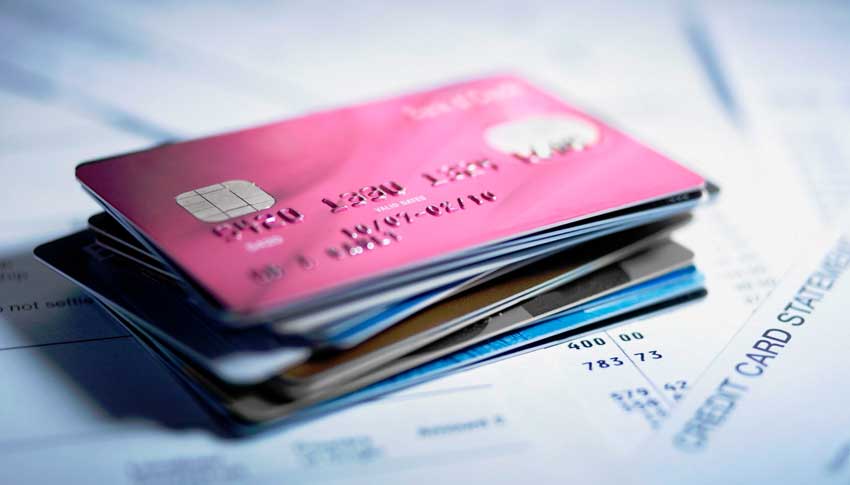Table of Contents
Many of us use credit cards and we don’t know how they really work, what the numbers mean on plastic. And the real problem comes when the name of the bank printed on the back of the card begins to disappear and then we forget which is the issuing bank, or in the worst case, we lose the credit card but keep a copy of their numbers.
What is the code on the card for?
To avoid the illicit use of these products, banks have created validation forms such as the string of digits that form the credit card number, which, even if you don’t believe it, have a systematic and unique order that links this object with a Bank account. This helps prevent fraud.
The non-random systematization of the series of numbers on the credit or debit cards allows the information to be properly structured. This response to an international standard called ISO / IEC 7812-1: 2006, which establishes the meaning of each digit on the cards. Thanks to this, they contain financial data that allow us to make purchases and payments for services as if we had cash. BBVA explains a bit how the numbering works, and to what extent we can identify the issuing bank.
The first thing you should know is that the first digit identifies the sector of the company to which the card belongs. That is: 1 and 2 for airlines; 3 for travel and entertainment; 4 for Visa; 5 for Master Card; 6 would be Discovery Card; 7 Petroleum industry; 8 for telecommunications; and 9 is a digit reserved for use in the region where the card operates. Most cards have 16 digits, but the amount can vary by 13 and 18. It should be noted that American Express usually contains only 15 digits, while Dinners Club sometimes contains 14.
The first 7 digits are related to the type of card and express information about the geographical area and identity of the issuer. While the remaining 6 are called the Issuer Identification Number or INN, for its acronym in English; and it is a private code established by the banking entities that created the product.
Another code that provides security to the identity of credit cards is the expiration date. Online purchase cannot be made without this information that only the physical cardholder would have.
Do not trust BIN search engines!
Many websites recommend a consultation in online INN databases, such as binbase.com but even when the legitimacy of these sites has been verified, information theft is the order of the day on the Internet. So you should not rely on websites that ask for all your credit card numbers to complete the BIN search.
It is very easy to place the requirements of a search engine and click the search button when you can approach the site that you suspect may be your issuing bank. Even finding out which company your card belongs to (Visa, Master Card, American Express) you can contact them and submit to verification to obtain information on how to continue enjoying the product.
A young Mexican was a victim of cyber fraud when she began to discover consumption charged to her credit card, of operations that occurred without her authorization. This is how investigators in his case have delved into a new form of fraud, which is estimated to have increased in recent years and is committed by young people who have access to the Internet, where they have created black markets for Bank card numbers
At present, thousands of credit card issuers are reflected in databases of BIN numbers, which by adding sensitive information to those databases, could become a double-edged sword that would favour digital crime.
How can you protect your data?
Make sure your credit card image or other private information is not available in your email or digital cloud. The Thief uses BIN’s random through random websites that provide lists of possible credit card, which also include expiration date and security code.
Many of these criminals operate quickly, shopping in small stores with IP from another country and also complicate the trail when the police discover a history of operations in different parts of the world. Credit card information is sold at a certain price and often goes unnoticed for a long time because the countries where these crimes occur do not have updated laws to attack the problem.
Although this type of crime has been operating in Mexico since 2015, according to Mario Di Costanzo, president of the National Commission for the Protection and Defense of Users of Financial Services, the multiple complaints have helped to take action on the matter. While in other countries, Spain for example; The National Police has carried out operations to imprison bartenders and condemn them to up to 12 years in prison.
